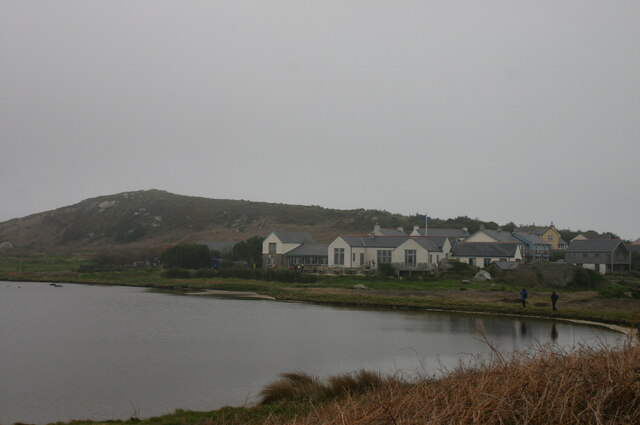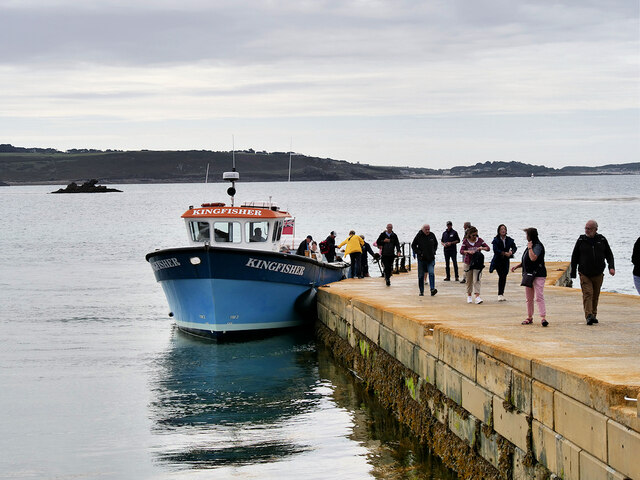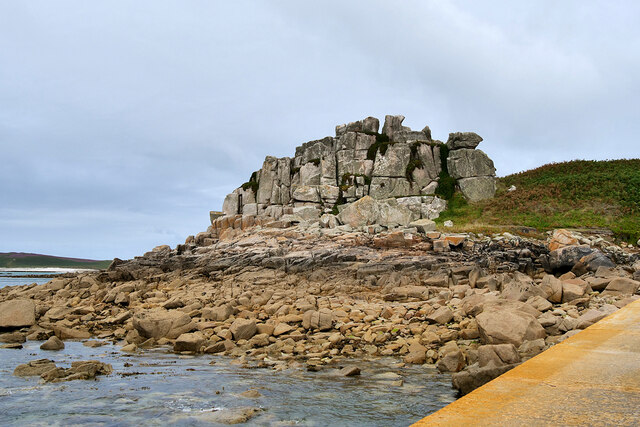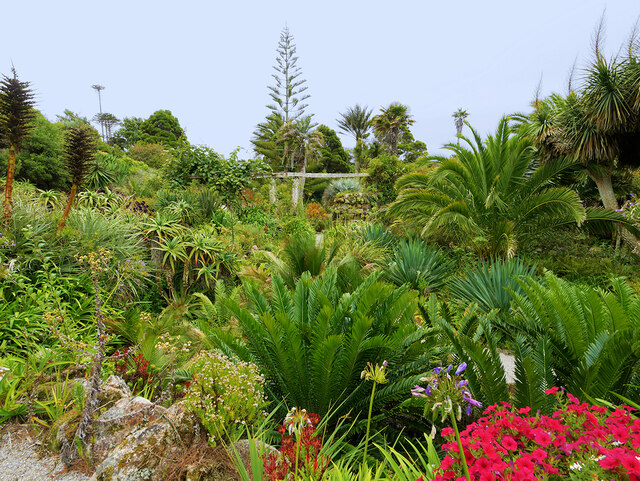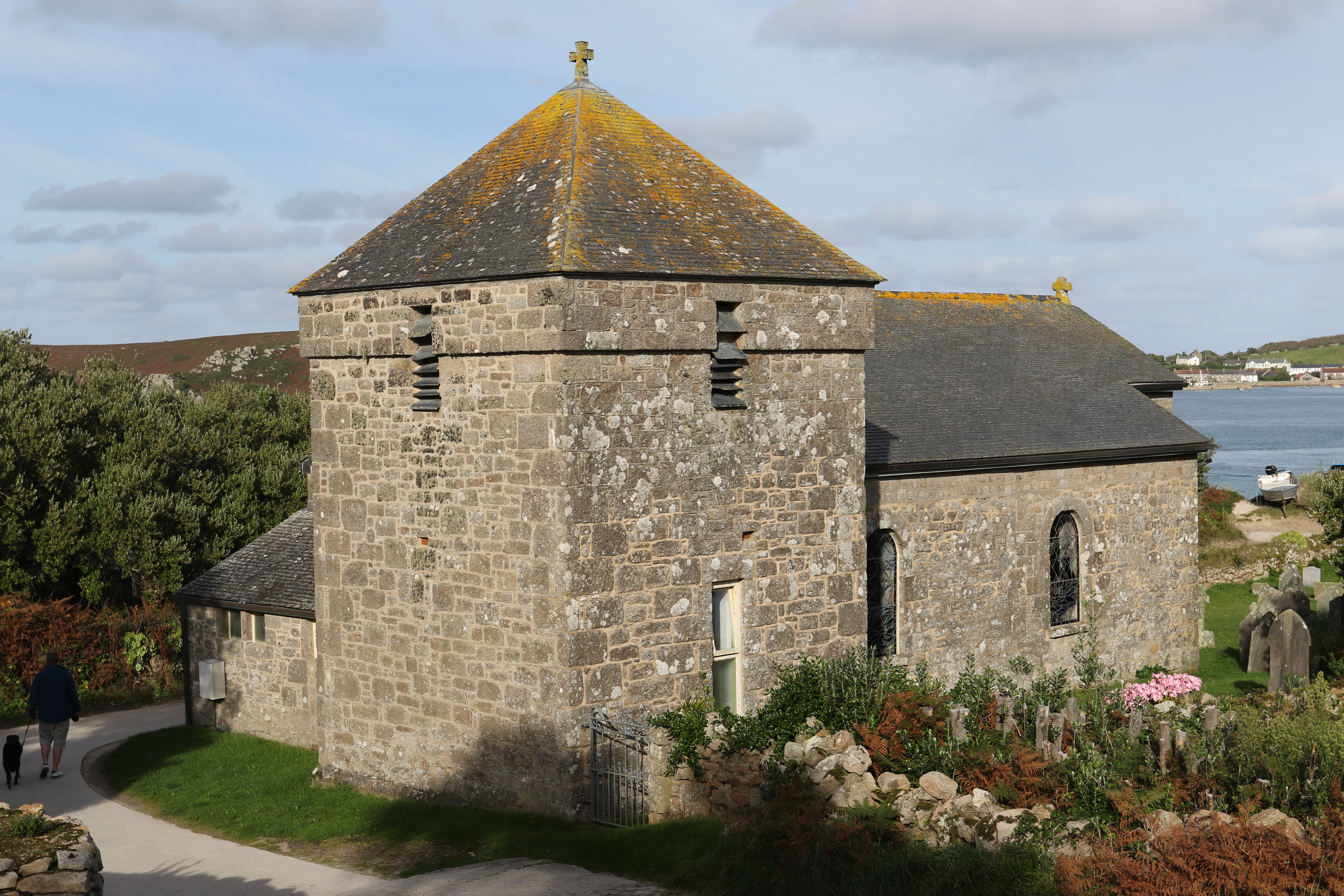North Hill
Hill, Mountain in Cornwall
England
North Hill

North Hill is a prominent hill located in Cornwall, a county in southwestern England. With an elevation of 314 meters (1,030 feet), it is considered one of the highest points in the region. Situated near the town of Launceston, North Hill offers stunning panoramic views of the surrounding landscape and is a popular destination for nature enthusiasts and hikers alike.
The hill is predominantly covered in moorland, characterized by heather, gorse, and bracken. This unique habitat supports a diverse range of wildlife, including various bird species such as skylarks and stonechats. Additionally, North Hill is home to a variety of reptiles, amphibians, and small mammals.
The area surrounding North Hill is steeped in history, with evidence of human activity dating back thousands of years. Archaeological sites and ancient monuments, such as stone circles and burial mounds, can be found in the vicinity, providing insight into the region's rich cultural heritage.
There are several walking trails and footpaths that lead to the summit of North Hill, allowing visitors to explore its natural beauty at their own pace. The climb to the top is moderately challenging but rewarding, offering breathtaking views of Cornwall's rolling hills, lush valleys, and distant coastline.
North Hill is a cherished part of Cornwall's landscape, providing visitors with an opportunity to connect with nature, immerse themselves in history, and enjoy the tranquility of this picturesque hill.
If you have any feedback on the listing, please let us know in the comments section below.
North Hill Images
Images are sourced within 2km of 49.9361/-6.3534782 or Grid Reference SV8713. Thanks to Geograph Open Source API. All images are credited.













North Hill is located at Grid Ref: SV8713 (Lat: 49.9361, Lng: -6.3534782)
Division: Isles of Scilly
Unitary Authority: Isles of Scilly
Police Authority: Devon and Cornwall
What 3 Words
///apart.sisters.jumped. Near Bryher, Isles of Scilly
Nearby Locations
Related Wikis
Samson, Isles of Scilly
Samson (Cornish: (Enys) Sampson) is the largest uninhabited island of the Isles of Scilly, off the southwestern tip of the Cornish peninsula of Great Britain...
HMS Colossus (1787)
HMS Colossus was a 74-gun third-rate ship of the line of the Royal Navy. She was launched at Gravesend on 4 April 1787 and lost on 10 December 1798. During...
Oliver's Battery, Tresco
Oliver's Battery is a ruined artillery battery on the island of Tresco in the Isles of Scilly off of Cornwall, England. It was built by the Parliamentarian...
All Saints' Church, Bryher
All Saints' Church is a Grade II listed parish church in the Church of England located in Bryher, Isles of Scilly. == History == Bryher is the most westerly...
Nearby Amenities
Located within 500m of 49.9361,-6.3534782Have you been to North Hill?
Leave your review of North Hill below (or comments, questions and feedback).
